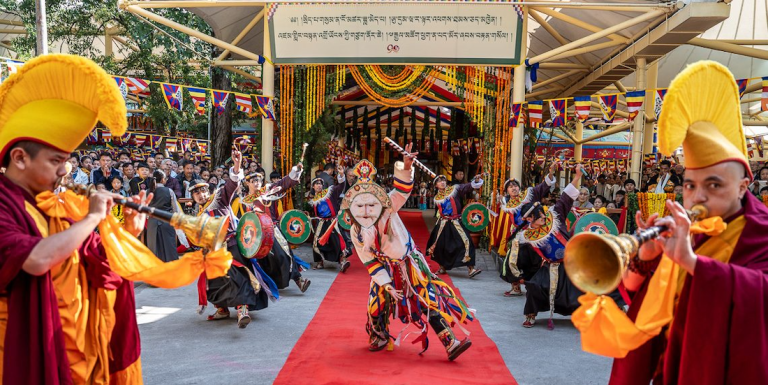
India Supports Tibetan Leader’s Position Against China’s Interference in Religious Selection Process

New York, N.Y. – A diplomatic standoff between India and China has intensified following an Indian minister’s public support for His Holiness the Dalai Lama‘s position on choosing his successor, directly contradicting Beijing’s claims of authority over the selection process.
The controversy erupted during birthday celebrations for the 14th Dalai Lama at the Main Tibetan Temple in McLeod Ganj, where hundreds gathered to offer prayers for his long life. The 89-year-old spiritual leader used the occasion to reiterate his stance that his successor must be born in a “free” country and urged followers to reject any candidate appointed by the Chinese government.
India Defends Religious Freedom
The Indian Foreign Ministry responded to China’s warnings about interference in domestic affairs by stating that India upholds religious freedom and maintains neutrality on matters of faith. This position represents a significant diplomatic challenge to Beijing’s claims over Tibet-related issues.
“We believe in religious freedom and do not take positions on
matters of faith,” said an Indian ministry spokesperson, emphasizing
India’s commitment to protecting religious practices within its borders.
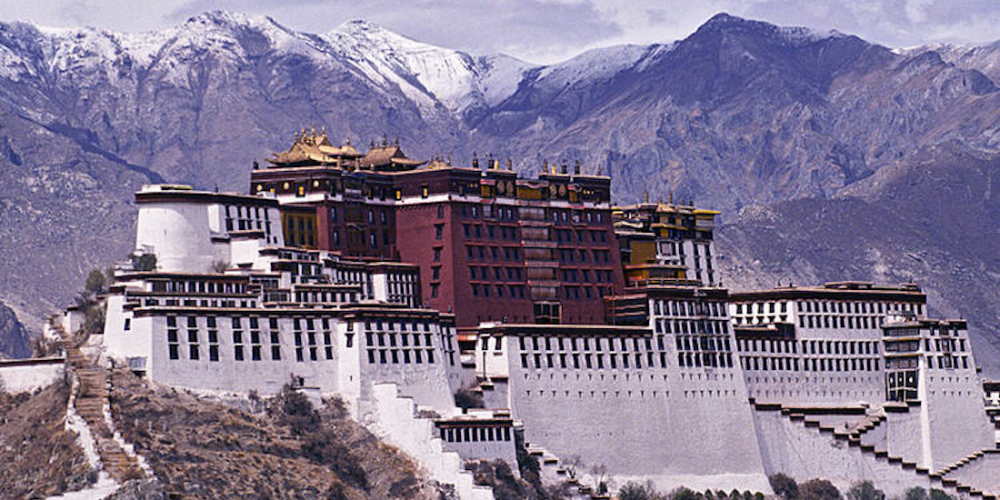
China Issues Strong Warning
China warned India against what it termed “interference in domestic affairs,” highlighting the sensitive nature of Tibet-related issues. Beijing has long maintained that it has the authority to approve the selection of high-ranking Tibetan Buddhist leaders, including the Dalai Lama’s successor.
The Chinese government’s position stems from its control over Tibet since 1950 and its assertion that religious appointments must align with state authority. This stance directly conflicts with traditional Tibetan Buddhist practices of spiritual succession.
Historical Context of the Dispute
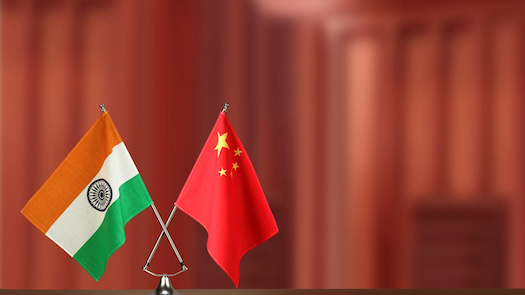
The succession question has created a complex geopolitical puzzle involving religious tradition, political authority, and international relations.
The Dalai Lama has lived in exile in India since 1959, establishing a government-in-exile in Dharamshala.
Traditional Tibetan Buddhist succession involves the identification of reincarnated leaders through spiritual processes that can take years to complete.
The Dalai Lama has indicated that his successor could be found among Tibetan refugees or in countries where Tibetan Buddhism is practiced freely.
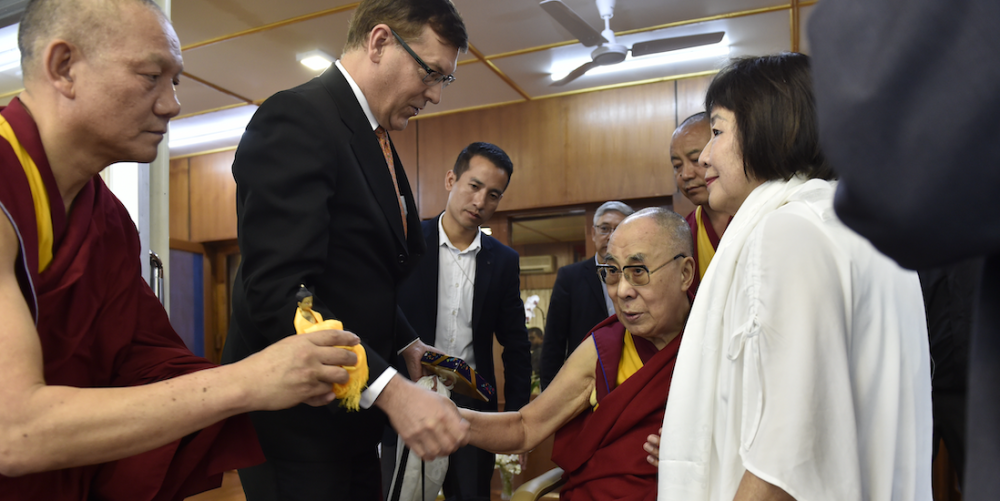
Regional Implications
The dispute reflects broader tensions between India and China over regional influence and religious autonomy. India’s hosting of the Dalai Lama and thousands of Tibetan refugees has been a source of diplomatic friction for decades.
The Indian government’s support for the Dalai Lama’s position signals its commitment to protecting religious communities within its borders while challenging Chinese authority over Tibetan affairs. This stance could influence other nations with significant Tibetan Buddhist populations.
And Then There is the ‘Fake Dalai Lama’
A man by the name of Gyaincain Norbu was selected by the Chinese government as the “11th Panchen Lama,” following the mysterious disappearance of the Panchen Lama recognized by the 14th Dalai Lama, Gedhun Choekyi Nyima. Gyaincain Norbu a member of a top Communist Party advisory body, according to the South China Morning Post.
Three days after the six-year-old was appointed by the real Dalai Lama in 1995, the boy was kidnapped and forcibly disappeared by the Chinese Communist Party (CCP). This lama, now 36 years old, remains forcibly detained along with his family in an undisclosed location since 1995. The United Nations continue to call for this 11th Panchen Lama’s release. He was called the world’s youngest political prisoner.
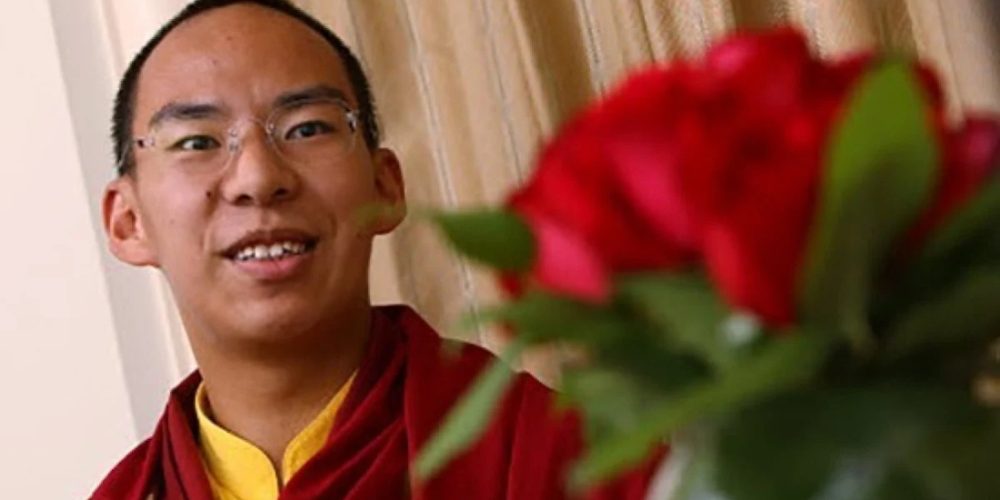
International Response
The international community watches closely as this religious succession question between the Tibetan Government-in-Exile and the Chinese Government intersects with broader geopolitical tensions.

U.S. officials have previously expressed support for the Dalai Lama’s right to choose his successor without foreign interference.
Religious freedom advocates argue that the succession process should remain within Tibetan Buddhist traditions, free from political interference.
They contend that authentic spiritual leadership cannot be imposed by governmental decree.
Future Considerations
The Dalai Lama has suggested that his successor might be found outside traditional Tibetan territories, potentially in India, Nepal, or other countries with Tibetan Buddhist communities.
This possibility further complicates China’s claims to authority over the selection process.
The succession question will likely remain a significant diplomatic issue as the Dalai Lama ages and the international community grapples with balancing religious freedom against political claims. The resolution of this dispute could set precedents for religious autonomy in politically sensitive regions worldwide.
Indian Minister Backs Dalai Lama’s Succession Plan, Against China (July 5, 2025)
Summary
The dispute over the Dalai Lama’s succession highlights tensions between religious freedom and political authority. India’s support for the Tibetan leader’s position challenges China’s claims over the selection process, creating a complex diplomatic standoff that reflects broader geopolitical tensions in the region.
#DalaiLama #Tibet #India #China #ReligiousFreedom #Buddhism
#Diplomacy #Succession #GeopoliticalTensions #TibetanBuddhism
TAGS: dalai lama, tibet, india, china, religious freedom, buddhism, succession, geopolitics, exile,
tibetan buddhism, mcleod ganj, dharamshala, spiritual leader, reincarnation, diplomatic tensions
